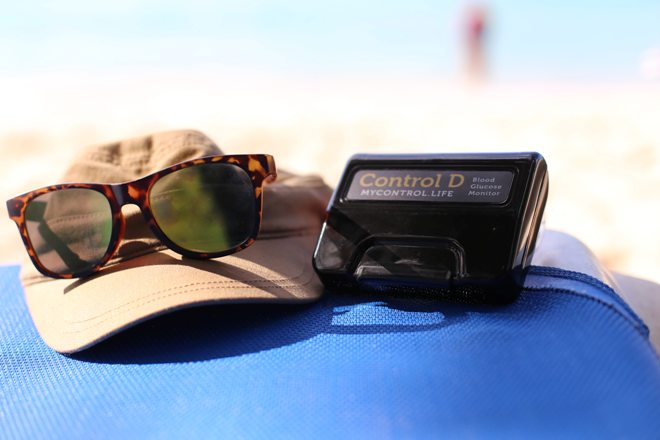
Photo Credit: by Akash Deep, Unsplash.com
According to the National Diabetes Statistics Report 2020, over 1 in 10 Americans have diabetes and approximately 1 in 3 American adults are pre-diabetic. Diabetes mellitus, generally referred to as diabetes, is a disorder characterized by an imbalance between insulin production, insulin need and the body’s ability to use the available insulin. This imbalance leads to inability to move glucose (sugar) from blood stream into muscles or fat cells and may result in higher than normal glucose in the blood. This ultimately leads to starvation of cells. Organs mostly impacted as a result of high glucose in the blood are the heart, liver, kidneys, brain, eye, stomach, small intestines and pancreas.
Diabetes, if not detected on time and/or if not properly managed may overtime lead to complications that involve the small blood vessels (microvascular), large blood vessels (macrovascular) and nerves (neuropathy) of multiple organs and systems. Complications related to diabetes are serious and can be life-threatening. Diabetes is the 7th leading cause of death in the United States and is the number one cause of kidney failure, lower-limb amputations, and adult blindness. The earlier you're diagnosed, the sooner you can take action to stay well—now and in the future.
Diabetes can be classified into the following general categories: Type 1 diabetes, Type 2 diabetes, Gestational diabetes mellitus and other specific types of diabetes due to other causes. Type 2 diabetes accounts for 90 to 95 per cent of diabetes cases. The risk of developing type 2 diabetes increases with age, obesity, and lack of physical activity. Diabetes education is an important first step in management of diabetes amongst several measures. All people with diabetes need to be informed about their condition. You may wish to learn more about diabetes through a diabetes education program.
If you are diabetic, it is always good culture to have knowledge of your blood sugar level. Follow your doctor’s instructions as to how often you need to test per day. Testing your blood sugar lets you know when your levels are on target or when they are out of range. Close blood glucose monitoring also informs your decisions on required physical activities, food or even your insulin dosing. It is also recommended to keep a journal of your blood glucose values when you test so that you can share with your healthcare provider when next you visit. This will help your diabetes health-care team recommend changes to your health behavior plans, your medications and your target values. According to American Diabetes Association guideline, for most people, target blood sugar levels are: between 80 and 130 mg/dL (4.4 and 7.2 mmol/L) before meals, less than 180 mg/dL (<10 mmol/L) one or two hours after you start eating a meal and A1C should be less than 7%.
A1C is a measurement of your average blood glucose control for the last 2 to 3 months. Approximately 50% of the value comes from the last 30 days. A1C is a valuable indicator of treatment effectiveness and has strong predictive value for diabetes complications. It should be measured at least every 3 months when blood glucose targets are not being met and when diabetes therapy is being adjusted or changed. Testing at 6-month intervals may be considered in situations where blood glucose targets are consistently achieved.
Maintaining healthy eating habits and an active lifestyle, and taking your prescribed medications regularly will help keep your blood sugar levels within their target range. Keeping your blood sugar as close to target range as possible will help to delay or prevent complications of diabetes.
When it comes to blood glucose monitoring, also known as self-monitoring of blood glucose, there are a couple of options depending on your specific situation. You may use a standard glucometer with test strips and lancets, or make use of a flash glucose monitoring devices such as the FreeStyle Libre or a continuous glucose monitoring system such as Dexcom G6, FreeStyle Libre 2. Below is a review of the striking peculiarities of the 3 main glucose monitor categories.
Different devices for monitoring blood sugar levels: Adapted from Diabetes Canada Glucose Monitoring Comparison
Finding the best glucose monitoring system that is right for you is about finding the choice that best suits your needs. By considering the benefits and limitations between the different systems that are available, you can find a system that meets your individual requirements while improving the efficiency and effectiveness of your diabetes care routine. If you have any concerns regarding which option is appropriate for you, talk to your doctor and your diabetes care team.
###
Your email address will not be published. Required fields are marked with *.